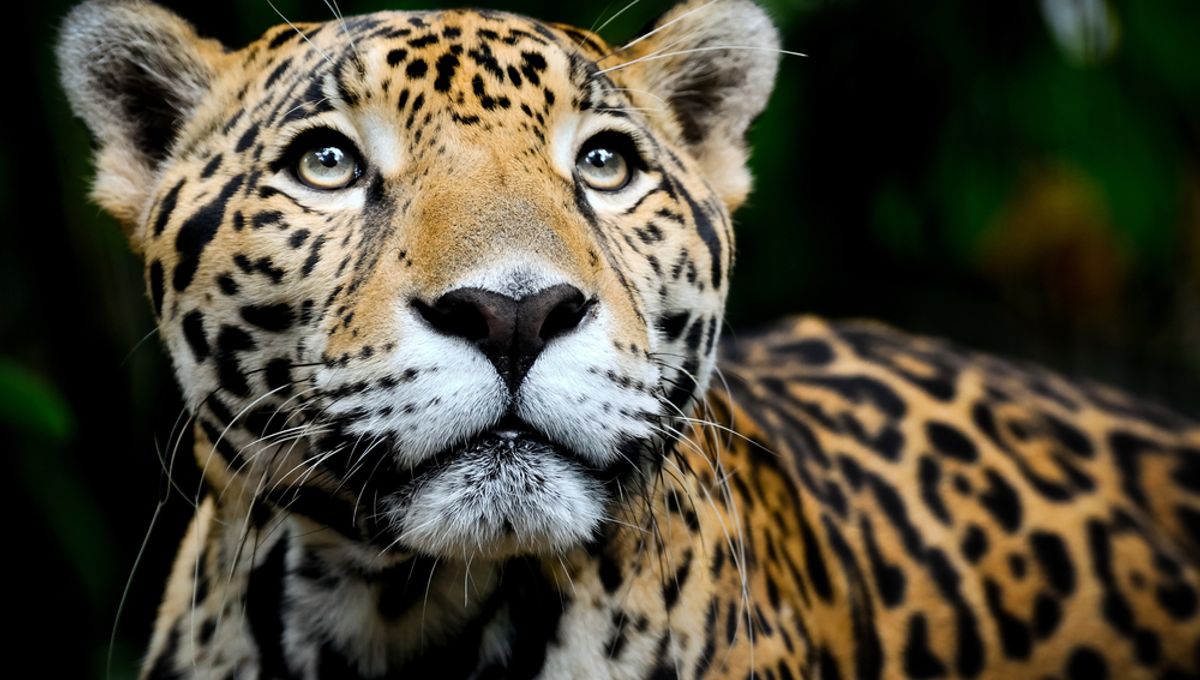
Male jaguars have been observed buddying up to increase their chances of mating and securing prey, calling into question their classification as a solitary species. Until now, lions and cheetahs were generally assumed to be the only big cats exhibiting social behaviors, yet new research suggests that the famously introverted jaguar may be a friendlier feline than previously thought.
Pulling together data from five separate studies that used camera traps, GPS tracking and direct observations in the Venezuelan Llanos and Brazilian Pantanal, the researchers analyzed a total of 7,062 records of male jaguar behaviors. Of these, 105 involved interactions between males, including 70 instances of jaguars cooperating or forming a coalition, nine cases of “tolerance” and 18 examples of aggression.
“For male jaguar coalitions, we documented similar behaviors as recorded earlier in lions or cheetahs,” explain the study authors. These included “patrolling and marking territory together, invading territories of other males, collaborative chasing and killing other jaguars, and sharing prey.”
However, unlike lions or cheetahs, jaguar bros did not hunt together, nor did they collaborate with females in raising cubs. Furthermore, the authors note that in contrast to prides of lions, jaguar coalitions generally included a maximum of two males, and that associated individuals spent less time together than lion or cheetah buddies typically do.
Despite this, the researchers “found strong evidence for the formation of stable, long-lasting coalitions,” including two separate partnerships that endured for over seven years. One of these involved a pair of males in the Pantanal who cooperated from 2006 to 2014, and were even observed sharing a tapir kill and resting side-by-side.
According to the study authors, jaguar friendships primarily serve to increase each male’s chances of mating with a female, and are more common in areas with higher concentrations of lady jaguars. “Our results indicate that the main goal of male jaguar associations is to potentially gain reproductive advantages by invading other male territories and securing access to females,” they write.
Similarly, male lions and cheetahs are believed to team up to enhance their odds of mating. However, differing social dynamics across the three species alter the nature of these big cat sex alliances.
For instance, the fact that female lions live in prides means that males benefit from grouping together into large associations of wingmen, with reproductive advantages for all. In contrast, female jaguars are solitary, which means male associates often have to spilt up in order to romance their mates, thus spending less time together. Shags before jags.
“The secret life of jaguars is more complex than previously thought,” explained study author Dr. Allison Devlin – from big cat conservation group Panthera – in a statement. “This novel finding shows that, when it serves their purpose of gaining greater access to prey, mates, and territory, wild male jaguars may collaborate, cooperate, and even form long-term relationships with former competitors,”
“We still have so much to learn about the intricate lives of these secretive wild cats, with findings that can help scientists better conserve these species and the landscapes on which so many plant, animal, and human communities depend for their survival,” she adds.
The research has been published in the journal Behavioral Ecology and Sociobiology.
Source Link: Male Jaguars Have Best Friends And Are Less Solitary Than We Thought